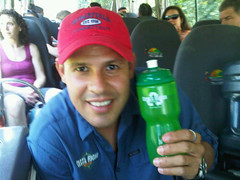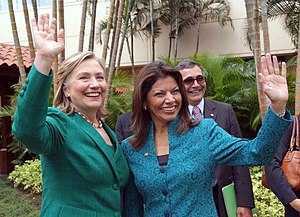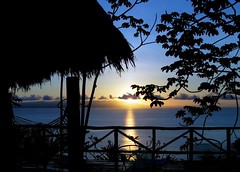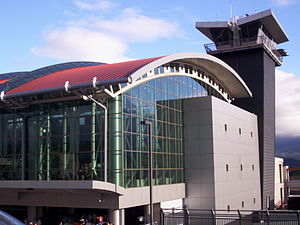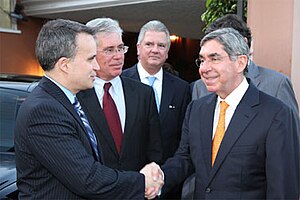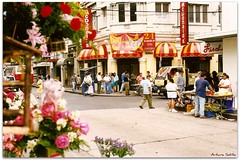Reon Schutte, a motivational speaker, has been traveling through Costa Rica recently telling his life story and explaining his philosophy of life.
Reon Schutte was a young South African who joined a gang in Cape Town at the age of twelve. By the time he was sixteen, Schutte was in prison for killing a police officer. Prison officials gave Scutte the chance to join the South African army. He did, and at age thirty-two while he was on a mission along the border for the South African Defense Force, Zimbabwean forces captured Schutte. He was thrown into prison and sentenced to twenty-six years.
Like so many other down and out people, from addicts to political prisoners, Schutte realized the need for a higher power. He attributes his survival as an act of God. Attitude means a lot to him. No matter how bad your situation is, Schutte believes you can make it worse or better with your attitude.
When he first went into prison, he was like any other person. He wanted more food, clean clothes, blankets. After five years of struggling against reality, he accepted his circumstances. This made all the difference in his life. He told himself that he was no longer hungry, except at lunchtime. He even started skipping meals. The food he did not eat he used to bribe guards to mail letters for him.
He shared a cell with 49 other people. He started cleaning the toilet in the cell himself. Soon others were chipping in to help. He even took the daily beatings for granted. He had lost all his teeth so he thought he had nothing else to lose. When the guards saw that he was not afraid or trying to hide, they left him alone. The only thing that did bring him down was the cancer. He asked for surgery to remove the tumor, but no response came.
Then when he felt death was near, he received the news that President Robert Mugabe was pardoning him. It took years, but one of the letters Schutte sent out from prison was published in a magazine. A young boy read it and began lobbying for Schutte’s release. It took time for the support group to get notice, but they finally got Schutte out. The Zimbabwe prison was basically a death camp. Only ten percent of the inmates survive. Yet Schuute survived not only his sentence, of which he served 12 years, but he also survived his cancer.
Schutte started out in prison asking “Why me?” and the real turning point came when he asked “What for?” The “What for?” has been realized in Schutte’s life. He travels the world telling his story now. He has told it over 800 times, and everyone seems to identify with it, from billionaires to men in prison.
Our lives might not be as troubled as the life of Reon Schutte, but we all have problems, and we all need help in coping. Perhaps we can take a lesson from the life of Schutte and examine our attitudes.
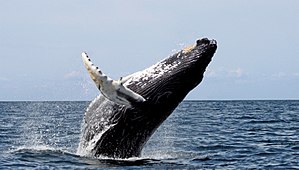 Image via Wikipedia Costa Rica is a great place to watch whales. These humpback whales travel from both the South and the North Poles to the warm Pacific waters off southern Costa Rica. Here they have their babies and watch them spend the first few hours of their lives in warmth. They also mate here. The humpback whales from the North Pole come between December and April. The Whales from the South Pole come between August and October. Plenty of dolphins can also be seen in the area. The August to October season has just started and excursions are going out now.
Image via Wikipedia Costa Rica is a great place to watch whales. These humpback whales travel from both the South and the North Poles to the warm Pacific waters off southern Costa Rica. Here they have their babies and watch them spend the first few hours of their lives in warmth. They also mate here. The humpback whales from the North Pole come between December and April. The Whales from the South Pole come between August and October. Plenty of dolphins can also be seen in the area. The August to October season has just started and excursions are going out now.





